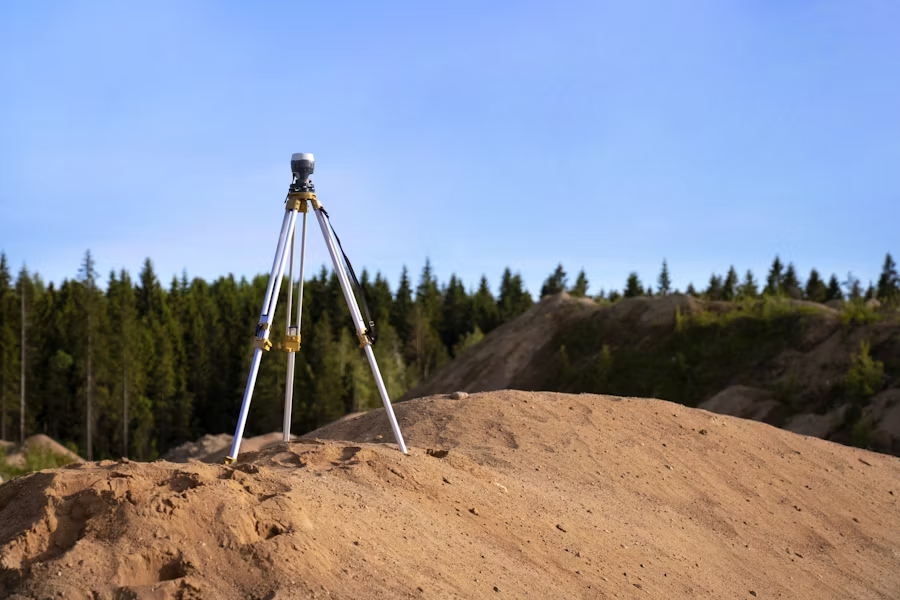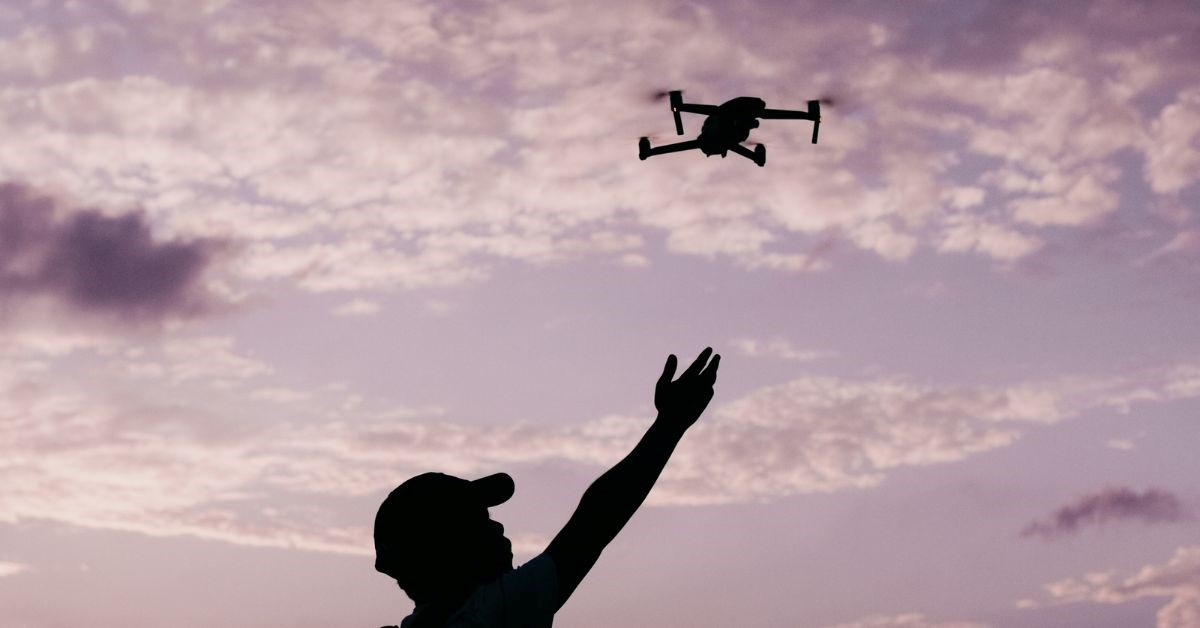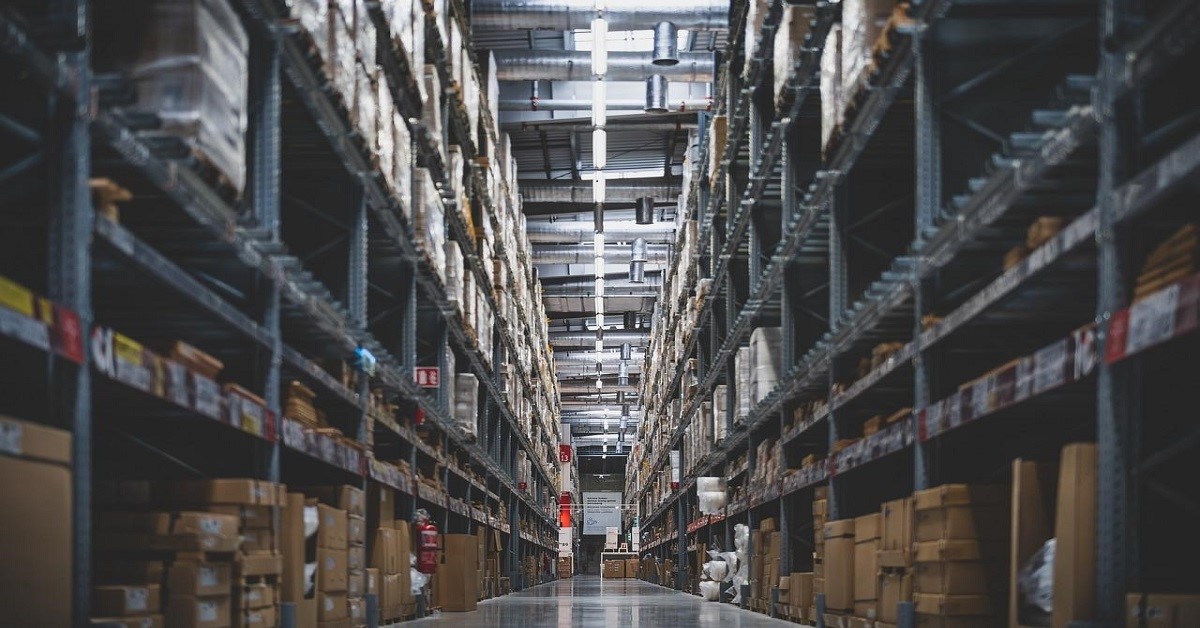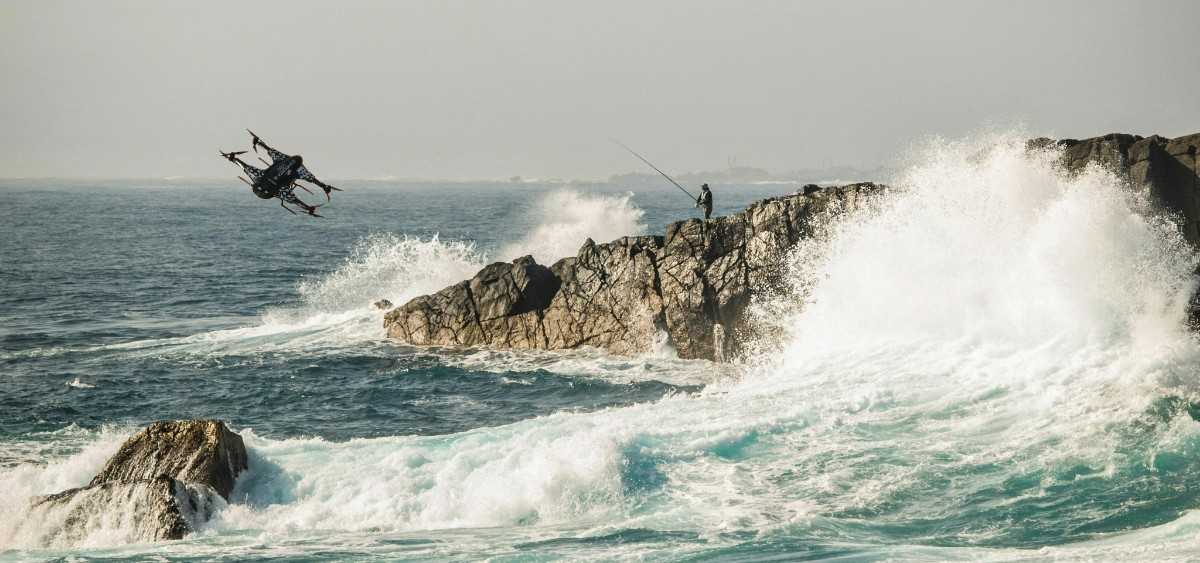Everything You Need to Know About Fixed Wing Drone
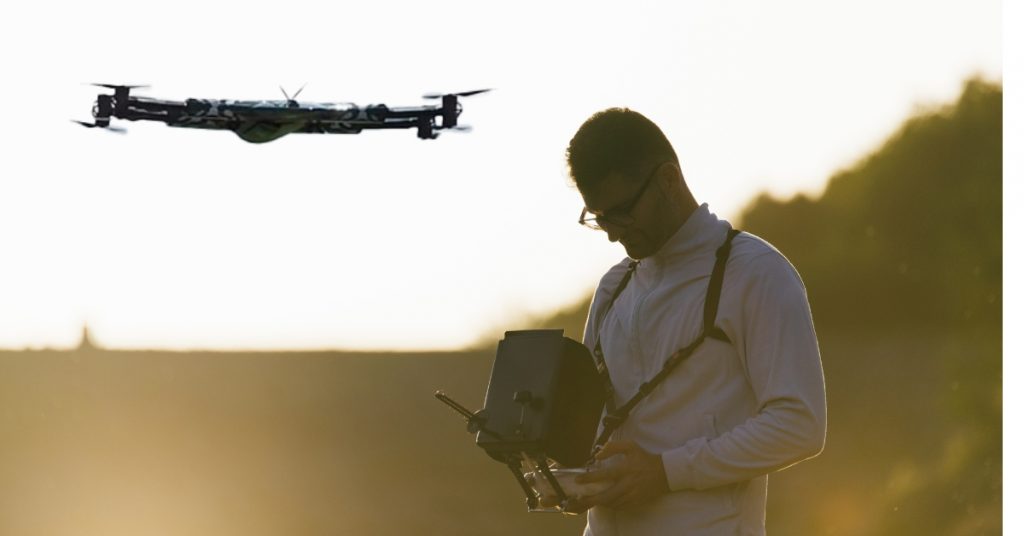
Drones are a great asset to many companies worldwide. While many drone models are commercially available, not all models are created equal. Certain types of drones are built for specific purposes or types of projects. For example, commercial multi-rotor drones have better movability but usually cover a limited distance compared to fixed-wing drones.
What Makes a Drone Fixed Wing?
Certain types of drones, or unmanned aerial vehicles (UAV), look and fly like planes. The term “fixed wing” refers to how their wings are fixed in place and is how the drone flies.
In general, fixed-wing UAV models have the following characteristics:
- Fixed-wing: These drones produce lift power from their wings instead of propellers.
- Conserves battery power: Fixed-wing UAVs consume less energy because of the passive lift effect. They stay airborne for longer, allowing their cameras to take more footage per flight.
- Take-off and landing: Most fixed-wing UAVs need a catapult or hand-launching to be airborne. However, one exception is the fixed-wing VTOL drone, which can take off and land vertically.
What Makes A Fixed Wing Drone Better?
Multirotor drones are designed for area surveying and mapping projects that are smaller in scale. Meanwhile, a commercial fixed-wing drone is designed for extended flight and more extensive area coverage. While multirotor drones need more energy to generate lift, the former only need to propel themselves forward.
Fixed-wing UAVs have specific advantages over other drones:
- More excellent stability: Fixed-wing UAVs are similar to conventional aircraft in design. They are often more stable with their underside winds than their multirotor counterparts.
- Power loss recovery: Fixed-wing UAVs can recover from power failure when other types of drones would shut down completely. While other drones would fall, fixed-wings can continue to glide and land without power.
- Longer flight time: Their aerodynamic design allows fixed wings to glide with wind currents. While multirotor drones or quadcopters have a 30-minute average flight time, fixed-wing models can fly as long as 90 minutes.
- Higher altitude: Using lift like an airplane gives fixed-wing drones long range. As a result, they can reach heights as high as 110 meters or more, depending on the model.
- Minimal noise: Another advantage fixed-wing models have is the lack of noise compared to multirotor models. They are quieter and less conspicuous, making them better for large-scale surveillance.
How is a Fixed Wing Drone Used?
A fixed-wing UAV works like most passenger airplanes, with four forces acting on the UAV while airborne. The thrust has to be greater than drag, while the lift has to be greater than weight to fly fixed-wing drones.
As a result, it can fly at higher altitudes and faster speeds. It can also cover more ground than multi-rotor drones, but it needs to keep moving forward to stay airborne.
This means that a commercial fixed-wing drone with camera assembly is ideal for large-scale or long-distance applications, like:
- Remote-controlled (RC) racing: This sport allows participants to control racing drones while wearing a head-mounted display to see in the first person.
- Military operations: Long-range and high-altitude surveillance and area mapping make fixed-wing models a mainstay in military operations.
- Overseas freight/cargo delivery: Whether lightweight packages between tankers or nearby countries, fixed-wings can easily carry and drop off payloads.
- Crop spraying: A fixed-wing drone can easily be used in agriculture to optimize crop spraying over several hectares.
- Medical supplies delivery: Similar to overseas cargo delivery, fixed-wing drones can drop medical supplies in hard-to-reach areas.
- Reforestation projects: For reforestation projects, fixed wings provide an advantage regarding area coverage spanning several hectares of land.
- Wildfire tracking and mapping: Like other drones, fixed-wing models can be equipped with real-time imaging, allowing firefighters to respond quickly.
How to Choose the Best Fixed Wing Drone
While most drones have a built-in camera, not all models are created equal. Certain drones are suitable for taking high-definition photography, while others are practical for industrial applications.
Five critical features to consider in a fixed-wing UAV:
- Camera selection: Depending on the purpose, customers might want a fixed-wing FPV drone for racing or a higher-end model with integrated cameras. However, it’s essential to know that different models have different types of cameras.
- Wind stability: Higher-end fixed-wing models can reach altitudes as high as 110 meters or more. They must also be custom built for harsh wind conditions to achieve this.
- Flight time: Fixed-wing UAVs can stay airborne for much longer than multirotor or single-rotors. Most multirotor models can fly for as long as thirty minutes, but fixed-wings can hover for an hour.
- Survey area and size: For large-scale surveying and mapping purposes, fixed-wings are generally more efficient in covering the ground.
- Budget: A fixed-wing drone kit is typically expensive. Specific smaller models for hobbyists cost about US$1000 or less. However, other models can cost more than US$10000, including certain features.
The Takeaway
In recent years, drones have expanded from military to commercial and personal. Their increased accessibility means that hobbyists and professionals can quickly gather images and data. This also means there are now different types of commercially available drones for various projects. Certain drones are meant for smaller-scale operations, while others are best suited for bigger ones.
Fixed-wing drones are especially suited for the latter. Despite their size and frame, their design makes them capable of prolonged flight, letting them take more images per flight.
Contact Us
Thank you for your message. It has been sent.
Latest Posts
Social Profiles






